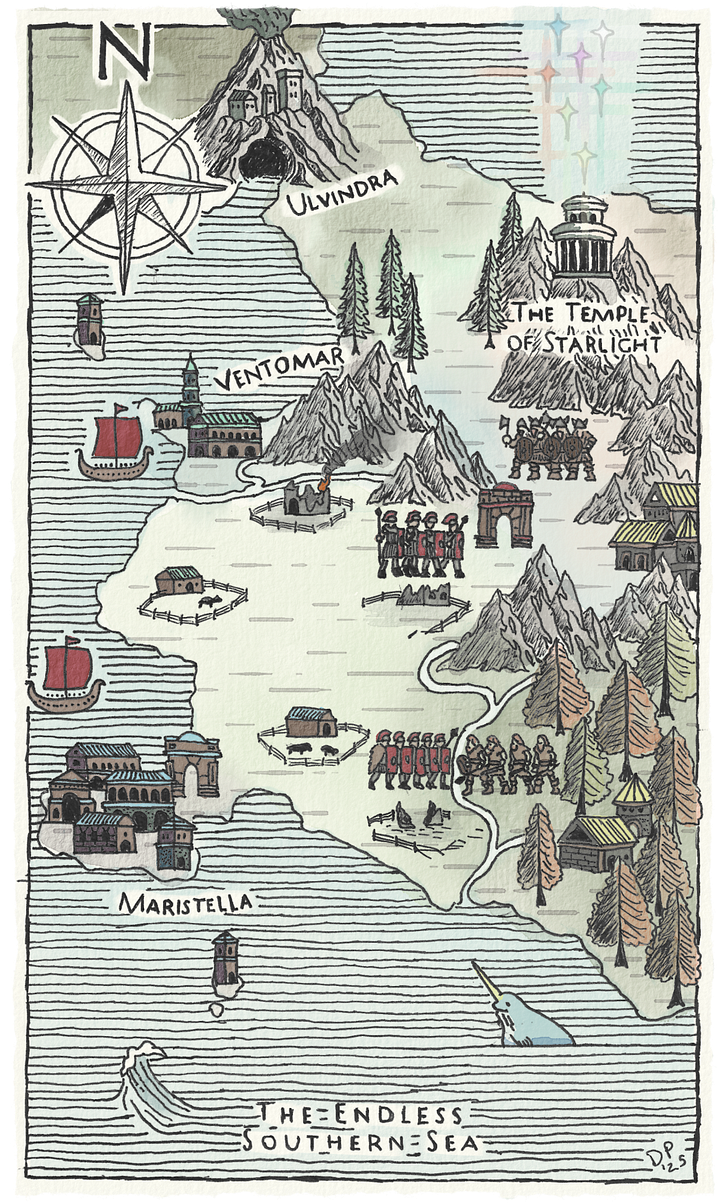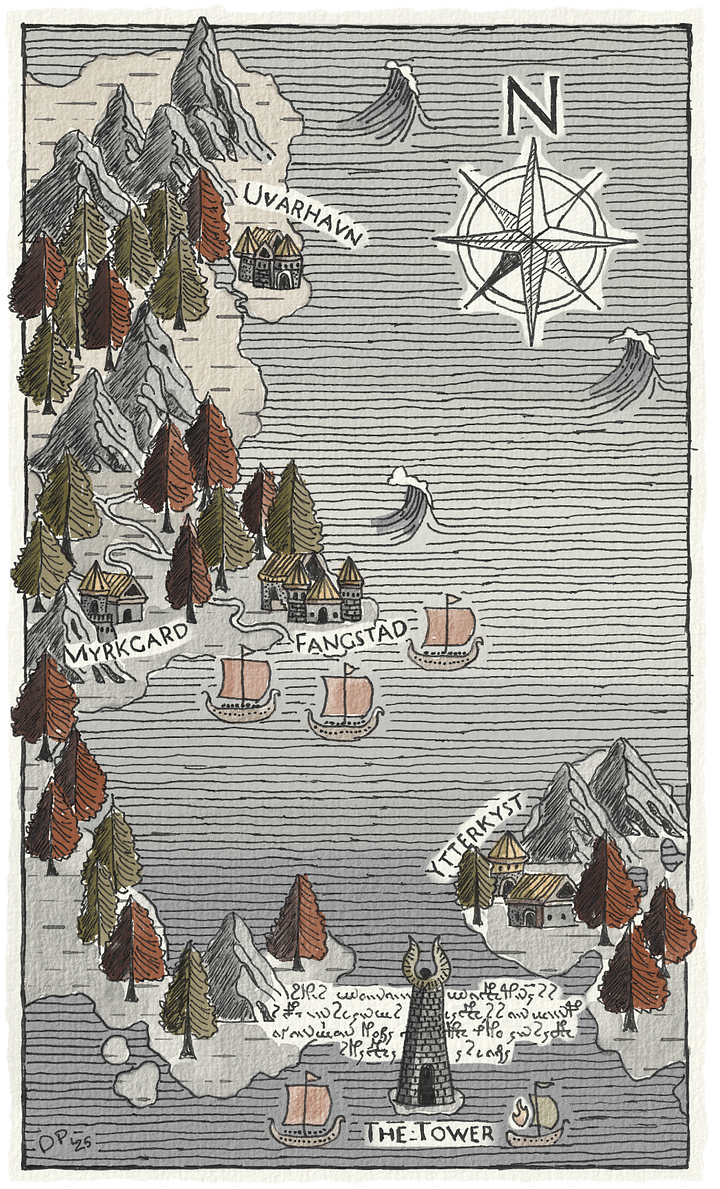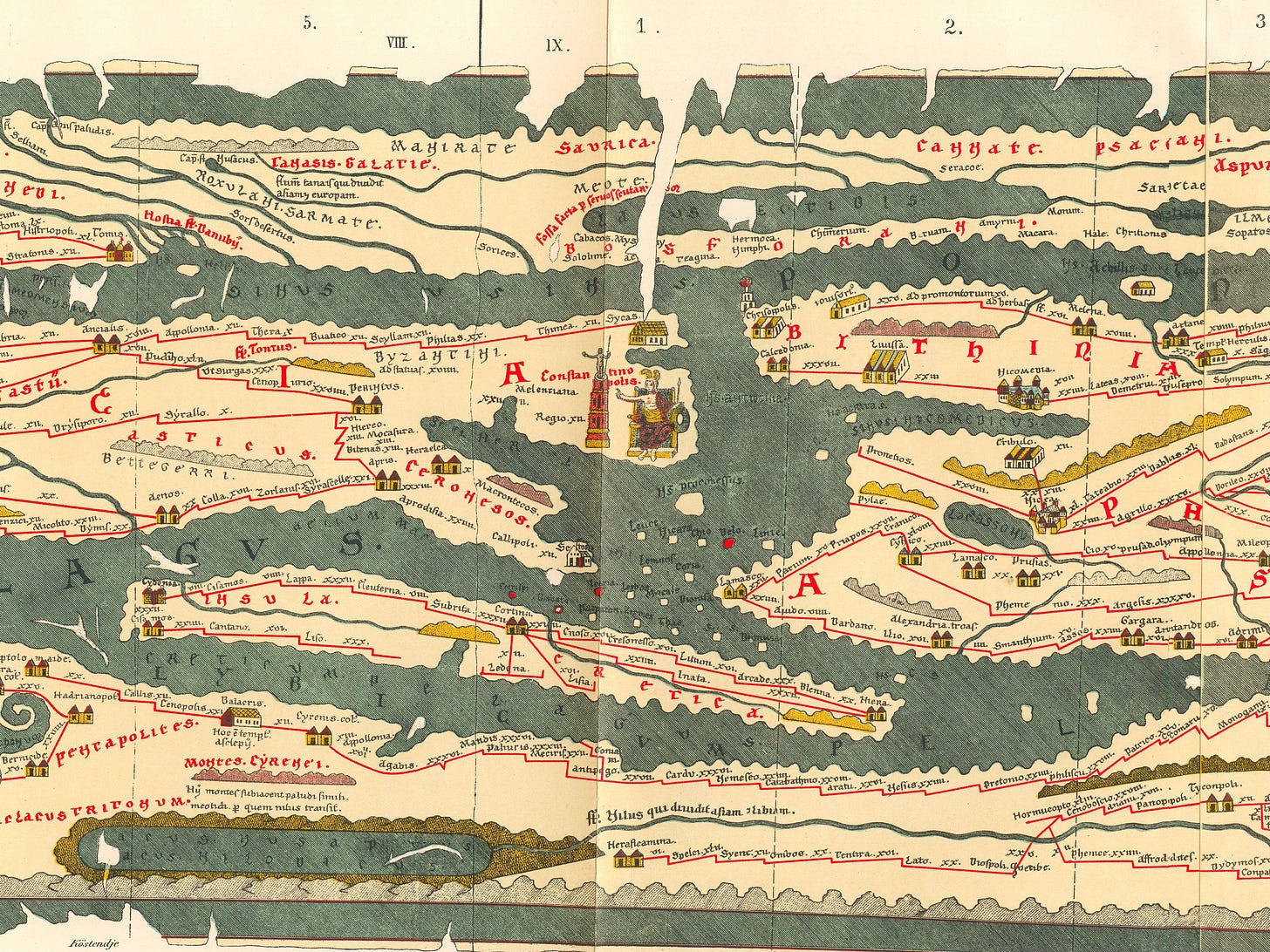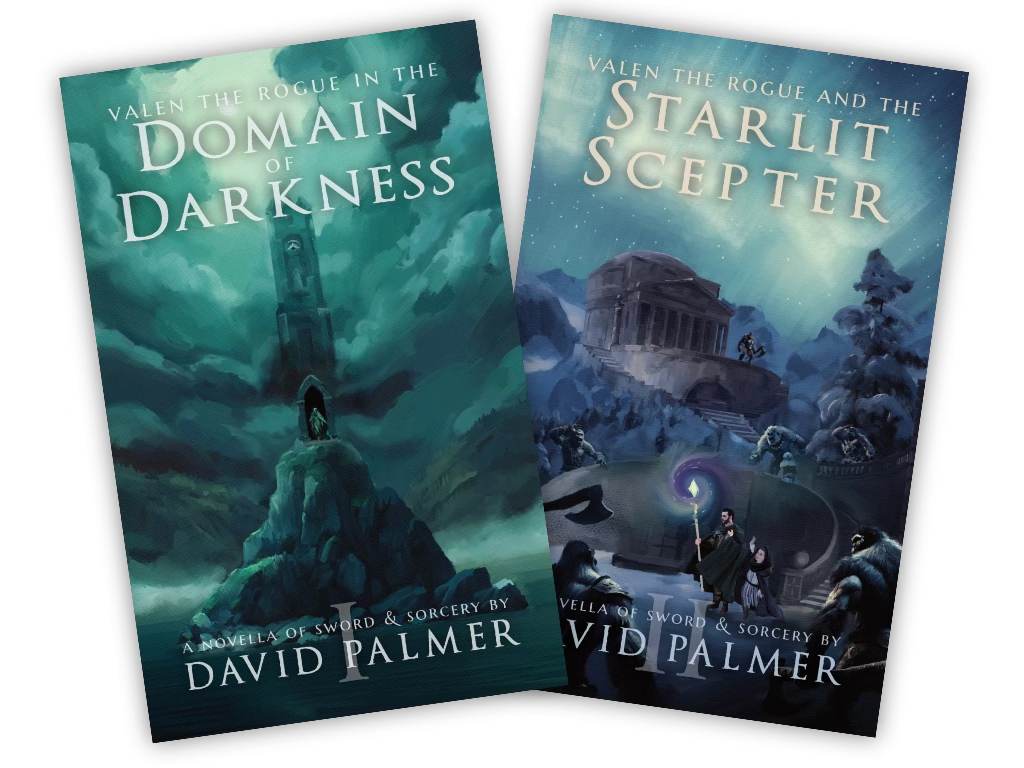Maps!
What's the point?
I’ve noticed a trend in world building corners of the web wherein participants invest heavily in creating original and realistic maps before plotting the stories which occur on those maps. And this is all well and good, if your hobby is fictional mapmaking.
But it’s my opinion that a good map serves the story, not the other way around. This isn’t only my opinion when it comes to speculative fiction, or even exclusively fiction in general, because a good map can tell a story of any kind all on its own.
Unless the purpose of the map is to assist you in charting a course through real terrain, it can depict anything. Sure, maps often fall into genres of their own. But they each emphasize something at the expense of something else.
🗺️ What is the purpose of maps in fiction?
Ideally, the map should serve to stoke the reader’s imagination, not lead to confusion and require constant consultation throughout the reading. All too many fantasy books especially rely on requiring the reader to read between the lines and recall elaborate cartography as characters journey from place to place.
Even so, I do love maps, and old maps especially. And I wanted to draw inspiration for my own maps from unique, pictographic maps that emphasized giving a feel for the setting over scale depictions of landmasses and political entities. More importantly, I want to leave myself room to grow when it comes to details that can be filled in later.


🗯️ The Storytelling Power of Maps
A map isn’t just a backdrop. And it certainly shouldn’t be a crutch for the story. A map is a narrative tool all on its own. The best fictional maps don’t just chart locations, because frankly they don’t even need to. They hint of history, danger, and unexplored wonders. A jagged coastline might suggest shipwrecks, and a lonely tower can spark curiosity long before it appears in the plot.
Maps foreshadow and deepen immersion, inviting readers to imagine stories that exist beyond the page. Maps also shape tone and reinforce genre. A stark, utilitarian map feels different from one cluttered with sea serpents and ornate compass roses. The art style of a map can suggest fantasy, science fiction, contemporary fiction, political thriller, and anything else the mapmaker can imagine.
At their best, maps work as partners in storytelling, enriching the story without demanding constant attention.
🌍 Real World Maps
As with fictional maps, a great deal of variety exists in real world maps. More, I’d bet. Old maps have a unique character that goes beyond navigation. They’re as much works of art and imagination as they are records of geography. The Carta Marina, for instance, famously teems with sea monsters and mythical creatures. The Tabula Peutingeriana, a Roman road map, stretches and distorts the landscape, prioritizing connectivity over accuracy.
These maps don’t just show places; they reveal worldviews, priorities, and the limits of knowledge. For writers and mapmakers today, they offer rich inspiration: from ornate flourishes to symbolic landmarks, from deliberate gaps to delightful exaggerations. Historical maps can free us from the tyranny of needless precision and invite a looser, more evocative approach. Maps need not serve measurement.


🌌 Detail & Flexibility
A good map should support the story, not shackle it. While detail adds richness, too much can box in both writer and reader, turning the map into a rigid framework that limits imagination. The best maps serve as pictorial plot diagrams. They’re broad sketches that help readers visualize journeys, relationships between places, and key landmarks without requiring constant reference or memorization. Flexibility leaves room for surprises and growth as the story unfolds. Rather than dictating every mile and mountain, a well-crafted map orients the reader just enough to follow the plot with clarity and wonder.
🔭 An Invitation to Explore
A good story leaves the reader wanting more; even beyond the final page. A good map should do the same. It isn’t there to answer every question or resolve every mystery. It’s an open door, inviting the reader to imagine what lies just out of sight. The most compelling maps spark curiosity, and make the story feel bigger than what little has been committed to page.
Just as a well-told tale balances clarity with wonder, a well-drawn map provides enough detail to guide the reader while leaving room for the imagination to roam. In that way, maps become more than just diagrams of physical space, they are a doorway to the what’s beyond the story.
🔌 Shameless Plug
My novella, Valen the Rogue in the Domain of Darkness, is available on Amazon as an eBook and in paperback. Its sequel, Valen the Rogue and the Starlit Scepter, is now available for preorder as an eBook and will be available as a paperback on the same day as the eBook is released, May 15th, 2025.


